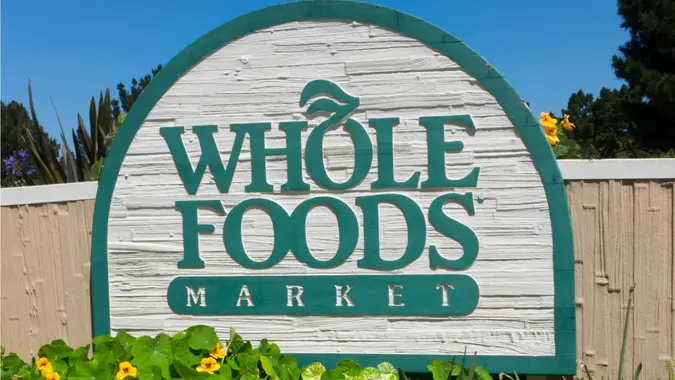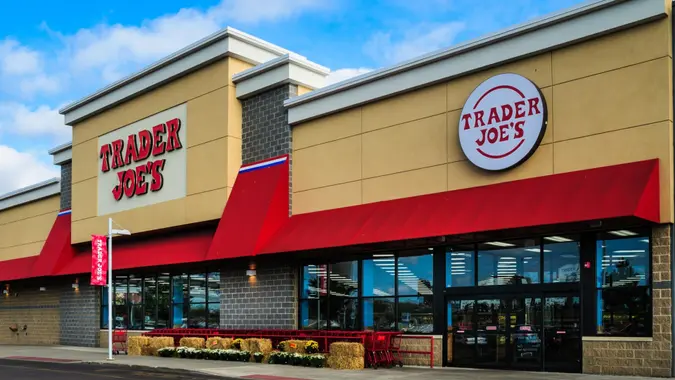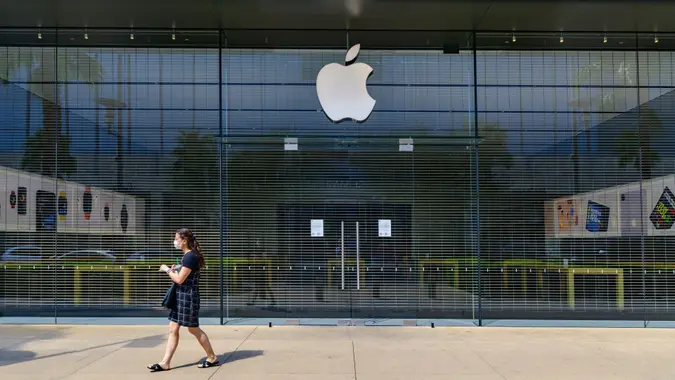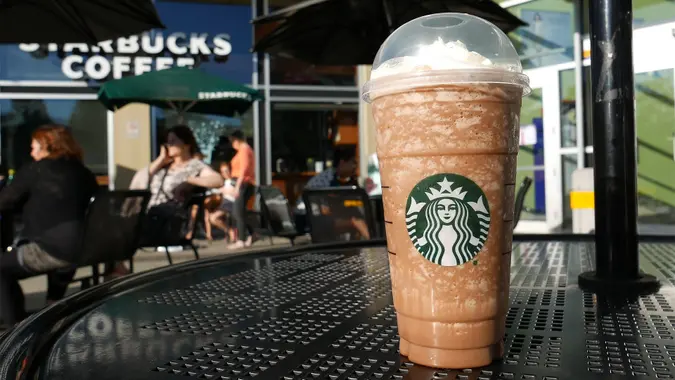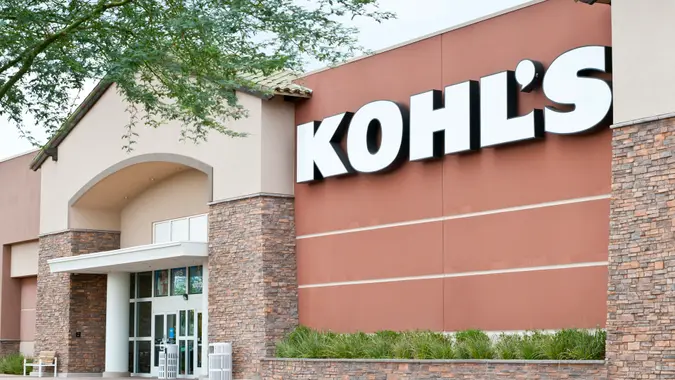See the High Tariff Rates on Christmas Trees, Ornaments and Holiday Lights

Commitment to Our Readers
GOBankingRates' editorial team is committed to bringing you unbiased reviews and information. We use data-driven methodologies to evaluate financial products and services - our reviews and ratings are not influenced by advertisers. You can read more about our editorial guidelines and our products and services review methodology.

20 Years
Helping You Live Richer

Reviewed
by Experts

Trusted by
Millions of Readers
The holiday season is time for joy and laughter, family and friends — and unfortunately for many, busting budgets. To help avoid this, you might want to boost your budget in 2025, as the combination of inflation and tariffs might make Christmas trees, ornaments and holiday lights more costly than ever. While specific tariff rates for individual items are hard to itemize, they’re easier to identify on a country-by-country basis. For this reason, it might pay to check where your holiday goodies are coming from if you’re looking to save a buck or two.
According to data from Bloomberg and the U.S. Census Bureau, the top five countries that import Christmas decor and holiday items into the United States are China, Vietnam, Cambodia, Mexico and Canada, with China dominating. While retailers are free to charge customers whatever they like and some may absorb the hit of tariffs themselves, tariffs will apply pressure based on country-specific tariffs.
With that in mind, here are some reasonable estimates for increases consumers might face on popular holiday items, based on data from the U.S. International Trade Commission (ITC), the Tax Foundation and the Federal Reserve.
Ornaments
Ornaments are classified under the Harmonized Tariff Schedule 9505.10.2500, meaning the base duty is 0%.
For Vietnam, Cambodia, Mexico and Canada, the tariff is expected to remain at 0%, meaning consumers will be unaffected.
However, certain ornaments from China face an added tariff of 7.5% at the border, according to C.H. Robinson. For these specific goods, consumers should expect to see a markup of between 5% and 10% in terms of retail pricing.
Artificial Christmas Trees
Artificial Christmas trees are listed under HTS 9505.10.40.10, meaning they have a base tariff of 0%.
As with ornaments, this means trees from Vietnam, Cambodia, Mexico and Canada should generally have no tariffs attached.
However, trees from China, where 85% of Christmas supplies are estimated to originate, face a tariff of 7.5%, according to U.S. Customs and Border Protection. This will likely translate to a retail markup of 5% to 10%.
Tree Light Strings
Tree light strings face higher tariffs than trees or ornaments, mostly across the board. Tree light strings fall under HTS 9405.30.00, which carry a base tariff of 8%, according to the ITC.
For strings from Vietnam or Cambodia, this 8% base tariff will likely raise prices between 5% and 10% in the retail market.
Chinese products face the base 8% tariff plus an additional 7.5% Chinese tariff, resulting in an increase of 15% to 16% in total to cross the border. Consumers should therefore expect to pay between 10% and 20% more for Chinese-sourced tree light strings this holiday season.
Mexican and Canadian manufacturers may be able to sidestep the tariff if their products qualify as “USMCA-originating.” This designation refers to goods produced in the United States, Mexico or Canada but meeting specific rules of origins, according to U.S. Customs and Border Protection. Essentially, products can qualify if a certain percentage is sourced within these regions. In that case, tariffs can be 0%. For non-originating products, the standard 8% tariff will apply, likely resulting in 5% to 10% price increases at the retail level.
Editor’s note on political coverage: GOBankingRates is nonpartisan and strives to cover all aspects of the economy objectively and present balanced reports on politically focused finance stories. You can find more coverage of this topic on GOBankingRates.com.
 Written by
Written by  Edited by
Edited by 




